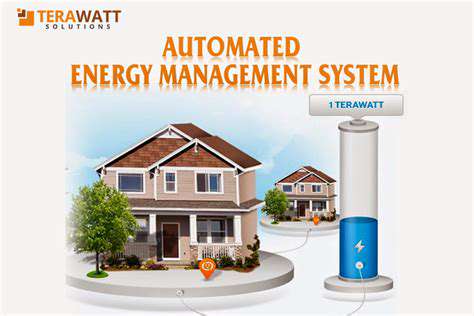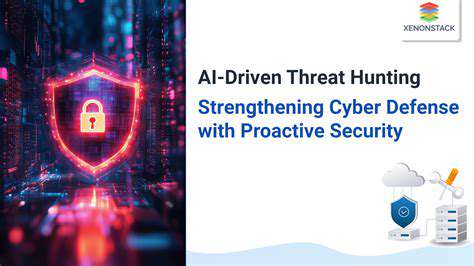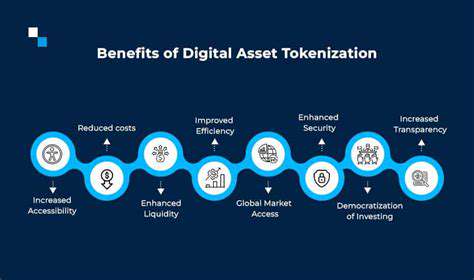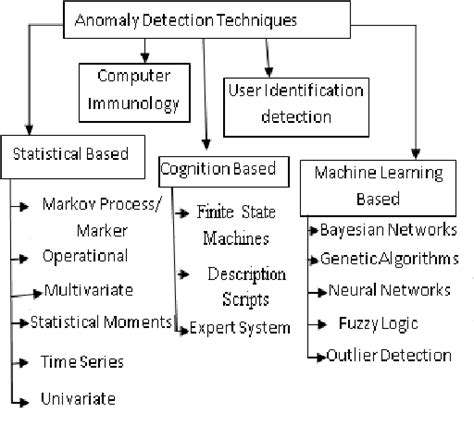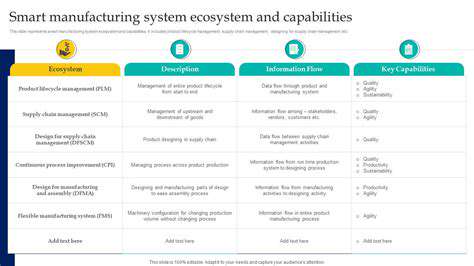An Overview
Smart home energy management systems are revolutionizing the way homeowners interact with and control their energy consumption. These systems leverage Internet of Things (IoT) technology to collect real-time data on energy usage across various appliances and devices within the home. This data is then analyzed to identify energy-saving opportunities and optimize energy usage patterns. By providing homeowners with insightful data visualizations and control over their energy consumption, these systems empower them to make informed decisions and reduce their environmental footprint while saving money on utility bills. This is a crucial step in the evolution of sustainable living.
The core function of a smart home energy management system revolves around monitoring and controlling energy consumption. This involves installing smart meters and sensors to track electricity, gas, and water usage. The system then uses algorithms to predict future energy needs and adjust energy consumption accordingly. For example, a smart thermostat can learn your daily routines and adjust the temperature proactively to minimize wasted energy. This integration of data-driven insights and automated control is what sets smart home energy management apart from traditional methods.
Key Components of a Smart Home Energy Management System
Several key components work together to form a comprehensive smart home energy management system. Smart meters are crucial for capturing real-time energy consumption data. These devices communicate with the central control hub, often a smart home hub or app, enabling continuous monitoring and analysis. Furthermore, various smart appliances and devices, such as smart thermostats, smart lighting, and smart plugs, integrate into the system, allowing for localized control and optimization. The system also leverages data analytics and algorithms to identify patterns, predict future energy needs, and suggest energy-saving strategies. This intricate network of interconnected devices and software provides a holistic view of energy use within the home.
Communication protocols are vital for seamless data exchange between different components of the system. This typically involves wireless technologies like Wi-Fi or Z-Wave. Security measures are paramount as these systems often handle sensitive energy data. Robust security protocols and encryption are necessary to protect the integrity of the data and prevent unauthorized access. Reliable power supplies and consistent internet connectivity are essential for the system to function effectively and provide accurate readings.
Benefits and Challenges of Smart Home Energy Management
Smart home energy management systems offer numerous benefits, including significant energy savings, reduced environmental impact, and improved home comfort. By optimizing energy consumption, homeowners can lower their utility bills and contribute to a more sustainable future. Furthermore, these systems enhance home comfort by adjusting temperature and lighting based on occupancy and preferences. The data-driven insights provided by these systems empower homeowners to understand their energy consumption habits and make conscious decisions to reduce waste.
Despite these advantages, challenges remain. The initial investment in smart devices and installation can be substantial. Furthermore, the complexity of integrating various devices and maintaining seamless communication between them can pose difficulties. Ensuring data security and privacy is also a critical consideration. Compatibility issues between different brands and models of smart devices can also present challenges. Addressing these issues is crucial for widespread adoption and accessibility of smart home energy management systems.
IoT Sensors for Real-Time Energy Monitoring
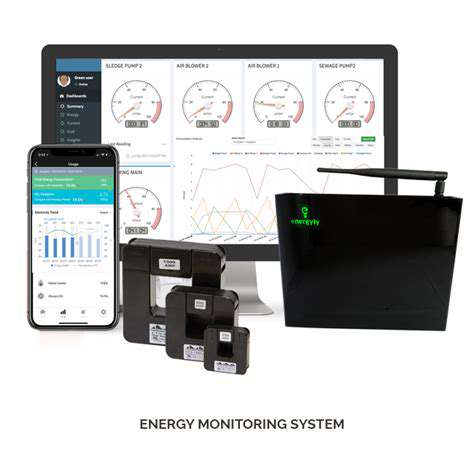
IoT Sensor Types for Energy Monitoring
Various types of IoT sensors play crucial roles in real-time energy monitoring systems. These sensors, ranging from temperature and humidity sensors to sophisticated smart meters, provide data on energy consumption patterns, enabling predictive maintenance and optimized resource allocation. Choosing the right sensor type is critical for accurate data acquisition and effective energy management. Different applications may require different sensor types, so careful consideration is needed to ensure the best possible results. For instance, temperature sensors are essential for monitoring equipment operating temperatures, while smart meters provide detailed information on energy consumption patterns.
Specific sensor types include ultrasonic sensors for gas leak detection, pressure sensors for pipeline monitoring, and motion detectors for optimizing lighting systems. These various sensors work in concert to provide a comprehensive understanding of energy usage patterns. Selecting the appropriate sensors for each specific application is essential for achieving the desired level of accuracy and reliability.
Data Acquisition and Transmission
Collecting and transmitting the data from these IoT sensors is a critical aspect of real-time energy management. Effective data acquisition systems need to be robust and reliable, ensuring minimal data loss and delays. The chosen communication protocols must be efficient and secure to protect sensitive energy data.
Real-time energy monitoring systems rely on secure and efficient data transmission methods. Reliable communication protocols are essential to avoid data loss or delays, which can impact the accuracy and effectiveness of the entire system. This ensures that the collected data is promptly available for analysis and decision-making, enabling proactive energy management strategies.
Data Analysis and Interpretation
The raw data collected from IoT sensors needs to be processed and analyzed to extract meaningful insights. Sophisticated algorithms and software tools are crucial for interpreting the data and identifying trends in energy consumption. This analysis is essential for identifying potential inefficiencies and optimizing energy usage.
Data analysis plays a significant role in identifying anomalies and trends in energy consumption patterns. This allows for proactive interventions to reduce energy waste and improve overall efficiency. By interpreting the data accurately, energy managers can make informed decisions to fine-tune their strategies and achieve long-term energy savings.
Implementation and Maintenance
Implementing an IoT-based energy monitoring system requires careful planning and execution. This includes selecting the appropriate sensors, establishing a robust communication network, and integrating the system with existing infrastructure. Proper maintenance of the sensors and communication network is crucial to ensure data accuracy and system reliability. Regular monitoring and maintenance of the system are essential for optimal performance and long-term efficiency.
Maintaining and upgrading the system is vital for ongoing effectiveness. Regular updates and improvements to the system's software and hardware are necessary to keep pace with technological advancements and ensure the system remains effective over time. This ongoing maintenance ensures the system remains reliable and accurate in its energy data collection and analysis.
